The Toyota Sienna has long been revered as the quintessential family hauler in North America, where minivans never quite fell out of favor like they did in other global markets. For over two decades, the "Sienna" nameplate represented reliability, spaciousness, and that particular North American flavor of practicality that made it a staple in suburban driveways from Toronto to San Diego. Yet when Toyota finally brought this beloved people-mover to China through joint venture Guangqi Toyota in 2021, the company faced a localization puzzle more complex than simply adding Mandarin lettering to the tailgate.
China's auto market has evolved into a beast of its own - a landscape where stretched wheelbases, plug-in hybrids, and tech-laden interiors aren't luxury options but baseline expectations. The Sienna that rolled off production lines in Guangzhou bore visual kinship to its American cousin, but beneath the surface simmered dozens of adaptations aimed at pleasing the world's most demanding car buyers. This wasn't badge engineering; it was cultural translation on an industrial scale.
The minivan paradox presented Toyota's first hurdle. Unlike North America where soccer moms and road-tripping families kept the segment alive, Chinese consumers historically viewed minivans either as commercial vehicles or symbols of nouveau riche excess (see: the first-gen Buick GL8). The Sienna needed to carve out a new perception as premium family transportation without alienating business users who might bulk-buy them for corporate fleets. Toyota's solution? Market it as a "luxury multipurpose vehicle" - a semantic dance that avoided the minivan label altogether while emphasizing premium materials and tech features.
Powertrain adjustments proved equally delicate. The 3.5L V6 that powered countless North American Siennas would have been commercial suicide in China's tax-disadvantaged large displacement market. Instead, Guangqi Toyota opted for a 2.5L hybrid system tuned specifically for Chinese driving patterns - more low-end torque for stop-and-go traffic, battery cooling systems adapted for humid southern climates, and regenerative braking calibrated for China's particular blend of aggressive driving styles and sudden traffic jams. These weren't off-the-shelf solutions but bespoke engineering choices reflecting years of market study.
Then came the interior revolution. North American Siennas traditionally prioritized durable plastics and stain-resistant fabrics - sensible choices for juice-box-wielding kids. Chinese buyers expected soft-touch surfaces, genuine wood accents, and executive-style second-row seats with enough adjustments to shame a business-class airline cabin. The localized Sienna delivered with available ottomans, fold-out trays, and a staggering 18 cup/bottle holders (because apparently 12 wasn't enough). The infotainment system underwent even more radical surgery, ditching Toyota's global interface for a China-specific system with WeChat integration, Alibaba-powered navigation, and voice recognition trained on regional dialects.
Packaging politics emerged as another subtle challenge. While American families prized the Sienna's sliding doors and flat-floor cargo space, Chinese buyers measured prestige in rear legroom and ceremonial seating arrangements. Toyota responded by offering a VIP Package with power-adjustable second-row seats that could nearly recline flat - perfect for napping executives or children during China's infamous traffic jams. The third row, sacred in America for playdate carpools, became more of a configurable space in China, with fold-flat flexibility emphasized over permanent seating.
Pricing strategy walked a tightrope. In North America, the Sienna comfortably occupied the $35k-$50k sweet spot for family vehicles. In China, that same price bracket put it in direct competition with domestic electric vehicle startups offering sci-fi tech and German luxury brands trading on badge prestige. Toyota's answer was a tiered approach: base models positioned as premium alternatives to the Buick GL8, while Platinum trim levels competed directly with luxury marques by emphasizing Toyota's reliability halo. Early sales suggest this straddle worked - the Sienna moved 75,000 units in its first full year, impressive for a segment many automakers had written off.
The localization extended beyond hardware. Toyota's North American marketing played heavily on family adventures and suburban practicality - concepts that don't resonate the same way in China's dense urban centers. Chinese campaigns instead emphasized generational harmony (elderly parents being chauffeured comfortably) and business productivity (executives working en route to meetings). Even the color palette shifted; where American Siennas favored conservative silvers and reds, the Chinese market embraced two-tone pearl white finishes and deep emerald greens perceived as more luxurious.
Perhaps the most telling adaptation lies in what didn't change. Toyota resisted pressure to stretch the Sienna's wheelbase (a common practice for China-bound vehicles), betting that maintaining the global platform's dynamics would pay long-term dividends in driving quality. Similarly, safety systems like Toyota Safety Sense arrived unmodified - a quiet insistence that some standards shouldn't bend to local preferences. These decisions reflect the delicate balance global automakers must strike: adapt enough to win customers, but not so much that you lose what made the product special originally.
As the Sienna enters its third Chinese model year, its localization story offers broader lessons. China's auto market no longer passively accepts global models with minor tweaks; it demands vehicles conceived with Chinese priorities at their core. The Sienna's success hinges not on being a North American favorite with Chinese characteristics, but on becoming something genuinely new - a vehicle that borrows from Toyota's global playbook while speaking fluently to local desires. In this sense, the real test isn't whether Chinese buyers embrace the Sienna, but whether Toyota can keep evolving it as those buyers' expectations continue their rapid transformation.
The minivan - pardon, "luxury multipurpose vehicle" - segment in China remains niche but growing, fueled by three-child policies and shifting family structures. Toyota's early lead gives it advantage, but domestic brands are rushing in with cheaper, tech-heavy alternatives. The Sienna's next act may require even deeper localization: perhaps a plug-in hybrid variant to appease green license plate seekers, or autonomous parking features tailored for China's notoriously tight spaces. Whatever comes next, one thing seems certain - the North American family hauler has officially gone native, and there's no turning back.
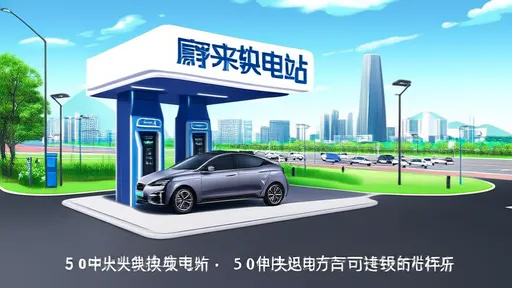
By /Jun 14, 2025

By /Jun 14, 2025
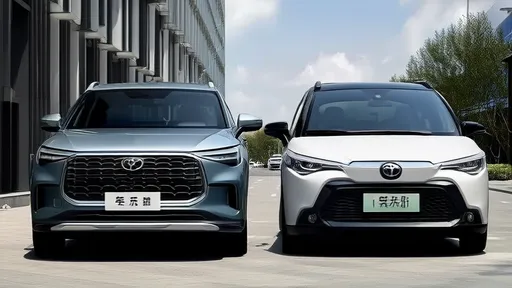
By /Jun 14, 2025
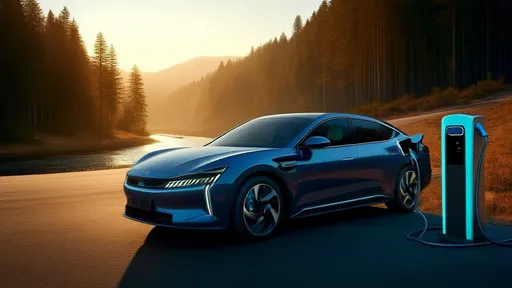
By /Jun 14, 2025

By /Jun 14, 2025
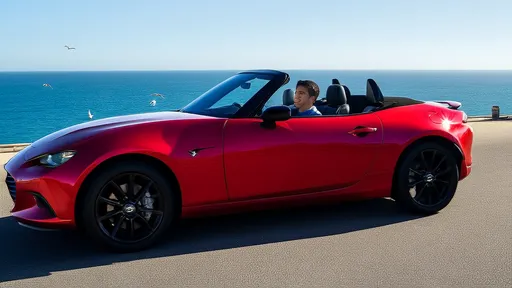
By /Jun 14, 2025
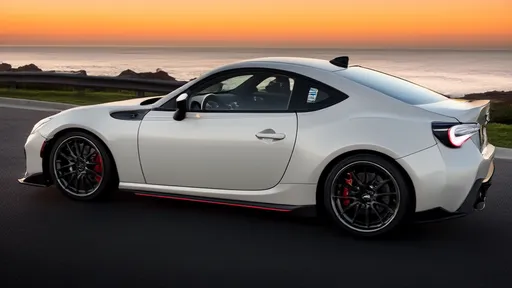
By /Jun 14, 2025

By /Jun 14, 2025
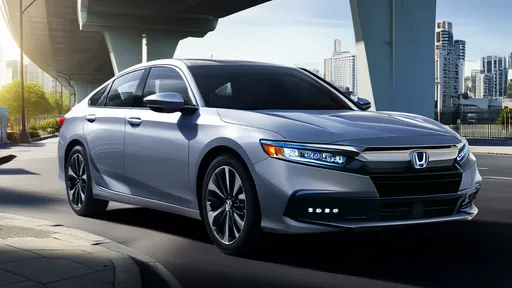
By /Jun 14, 2025
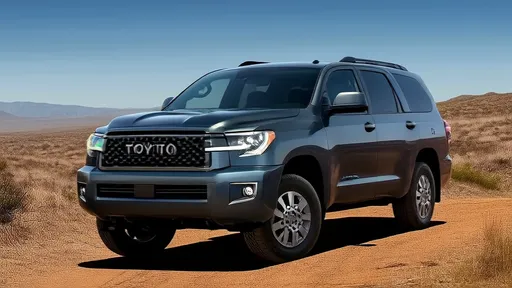
By /Jun 14, 2025
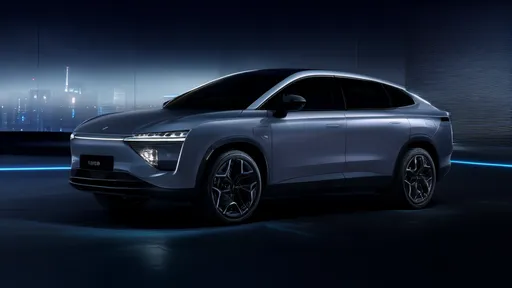
By /Jun 14, 2025
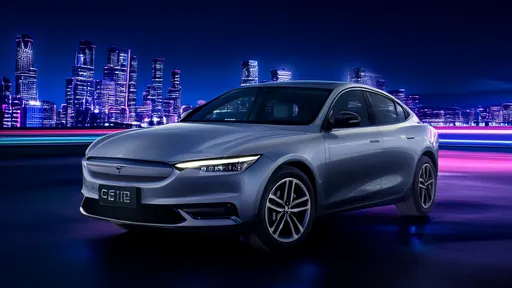
By /Jun 14, 2025
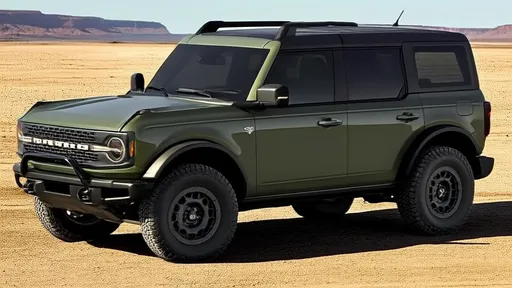
By /Jun 14, 2025
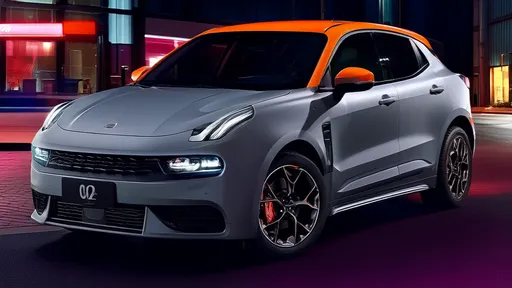
By /Jun 14, 2025
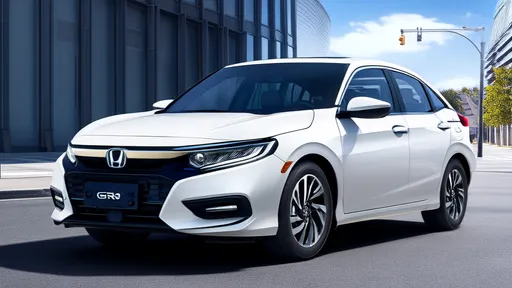
By /Jun 14, 2025
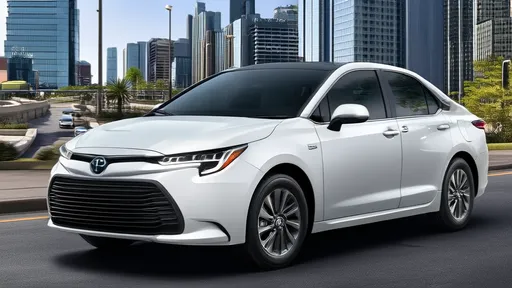
By /Jun 14, 2025
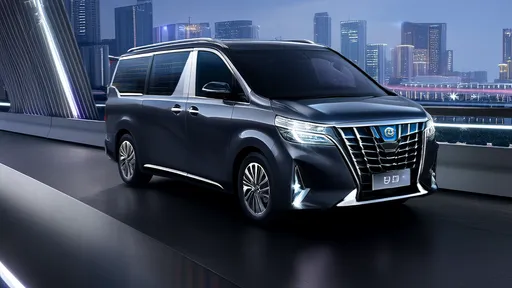
By /Jun 14, 2025
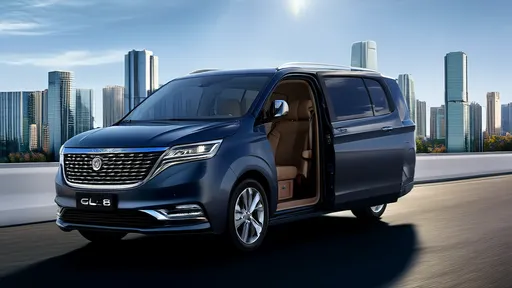
By /Jun 14, 2025
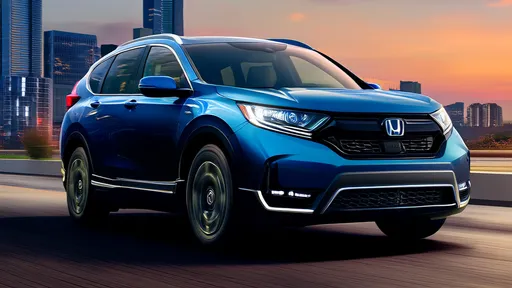
By /Jun 14, 2025
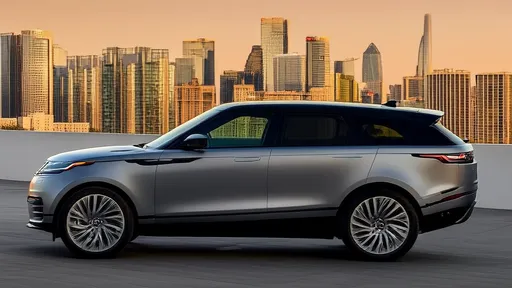
By /Jun 14, 2025